With The Dark Pictures Anthology, it is quite obvious and explicit that Until Dawn developer Supermassive Games is attempting to muck about with as wide a spread of horror tropes as possible. It’s certainly an advantage for the ambitious project — there are countless horror cliches and gimmicks stuck in our collective minds. But in the midst of my first playthrough of Little Hope, the sophomore entry of The Dark Pictures, I questioned whether or not these tropes were worth having any affection over.
These horror games are meant to take advantage of our knowledge of these tropes, and the novelty comes from our roleplaying in deciding the fates of these characters as they undergo familiar horror scenarios. The problem with Little Hope is that it pulls from the worst of the horror movie genre. Instead of invoking nostalgia, it produces cringes. Instead of replicating the feeling of excitement or amusement from a good scare, it makes you laugh when you aren’t supposed to. The Dark Pictures is trying to emulate traditional horror cinema to the video game medium — unfortunately, it just isn’t good cinema.
The single greatest witch hunt
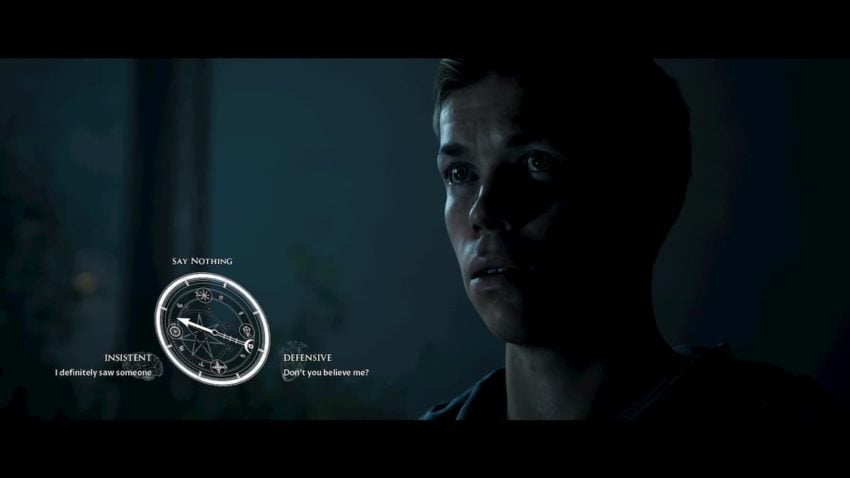
The title of Little Hope refers to a fictional Puritan New England town of the same name, one with a dark history of witch trials and witch-hunting in the 1600s. It’s an excellent setting for a horror game, and just like how The Dark Pictures: Man of Medan drew from real-life ghost ship stories, it shows that Supermassive is devoted to a level of authenticity and immersion. And in terms of horror films to draw from, Little Hope has imagery similar to or inspired by The Blair Witch Project, with the developers also listing The Witch and The Omen as influences.
After a fiery and disturbing prologue, Little Hope has a bus crash acting as the inciting incident — the driver swerves to avoid hitting a creepy little girl, which is perhaps the tropiest trope of them all in this game. The five bus passengers act as the main characters for the story to juggle, and the game gives you control of all of them, one at a time. The quintet has no choice but to seek help in the town of Little Hope, which is mostly abandoned and derelict at this point.
Like Until Dawn and Man of Medan, you’ll navigate fairly enclosed environments, interacting with objects as you uncover the mystery behind some bizarre goings-on. In-game choices, whether they be branching dialogue trees or a decision on whether to run left or right, act as the heart of the gameplay. And like in previous horror games from Supermassive, the action is mainly through admittedly exciting quick-time events — and they have a warning this time, something that was missing from Man of Medan. You’ll need to successfully execute these QTEs if you want to keep your characters alive.
Casting doubts
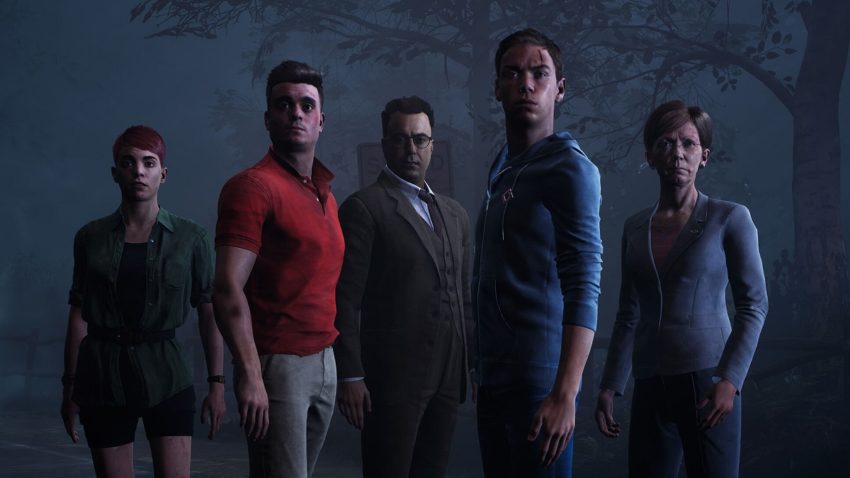
Are these characters worth keeping alive, though? The cast is an uninspired bunch, and it’s difficult to be particularly invested in any of them. These games always appear to require one famous face, with Will Poulter of Midsommar and Bandersnatch fame acting as the leading man in Little Hope. But his talent is wasted as Andrew, who is a bit of a blank slate and lacks even the most basic backstory. His fellow students on the bus are the headstrong Taylor and the easy-going Daniel, and then there are two older characters in the sardonic Angela and the short-tempered professor John.
While deep characterization is not a mainstay of popcorn horror fiction, players need something to work off of. However, at worst, these characters are fairly boring — at best, they’re unintentionally hilarious. Simply put, the quality of the dialogue is poor, and character dynamics feel forced and contrived. These characters bicker endlessly, going in conversational circles and arguing about the most asinine matters. Attitudes are unconvincing, and as a result, some of the plot developments simply don’t register in your head because you just can’t buy the characters and their motivations.
If the horror film trappings weren’t explicit enough, the characters even directly cite film tropes (“Haven’t you ever seen a horror movie?”) in bits of annoyingly obvious self-awareness. They all squabble and insist on staying together at all times — only to separate from each other for inexplicable and inorganic reasons. For a short game that takes about four to five hours to complete, there’s a whole lot of stalling whenever these people open their mouths to speak.
Perhaps the saving grace of the characterizations in Little Hope is how personality traits are gamified. Until Dawn and Man of Medan highlighted distinct personality traits for each character, and the decisions that players make will determine which of these traits are dominant. This is still the case in Little Hope, but more so than in the previous games is your management of these characteristics paramount. Pushing your characters to make decisions and unlocking personality traits is just as important as those quick-time events and multiple choices, and watching the ripple effects is enough to drive you to see how many different variations of the game’s plot there is.
Scare tactics
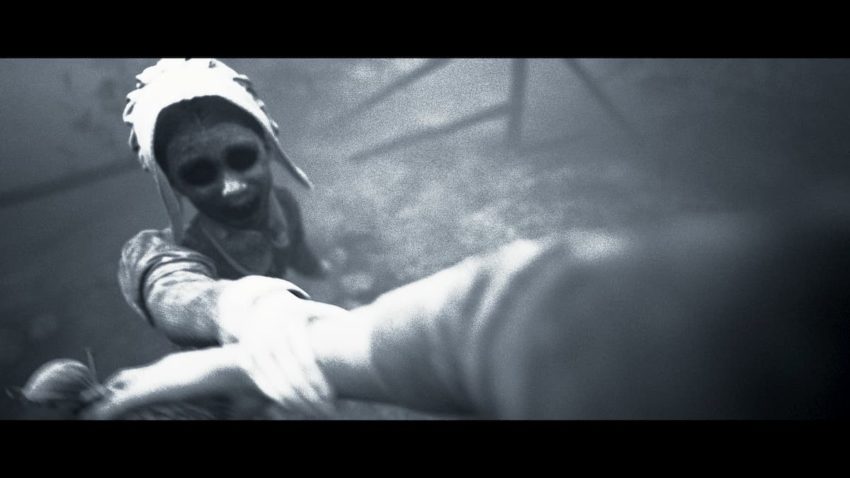
For the most part, Little Hope makes use of fixed “cinematic” camera angles during gameplay. But unlike Until Dawn and Man of Medan, there are a number of extended sequences that use a traditional video game camera, framing everything behind the playable character and allowing free camera control with the right stick. It’s a bit odd for The Dark Pictures, especially when this anthology is trying so darn hard to emulate the look of films — the game is even letterboxed in a widescreen format, which the standard third-person game camera doesn’t fit in with very well.
When Little Hope sticks with fixed camera angles, Supermassive relies on fairly standard tricks to try to scare you. You’ll spot sudden movements in the foreground, or occasionally some shady figures in the background. It isn’t anything you haven’t seen before, which could be forgivable. What’s harder to tolerate is that Little Hope uses the same jump scare techniques repeatedly. Try to keep track of how many times a powdery white figure grabs you and screams in your face, taking up the entire screen. Again, reusing familiar movie tropes can be fun, but playing the same one or two cards over and over gets fairly trite rather quick.
You can salvage the experience by playing either the Shared Story or Movie Night co-op modes; Shared Story allows two friends online to play out different perspectives of the plot, and Movie Night has you pass the controller to different players on the couch, all taking the roles as different characters. Playing together was the biggest source of enjoyment for Until Dawn, and Little Hope carries intrigue through co-op play, as these modes allow players to unravel the fiction to a greater extent. Little Hope isn’t really groundbreaking though, as these are the same systems and modes from Man of Medan. The only difference here is that this title isn’t nearly as buggy and broken as the first Dark Pictures entry.
The verdict
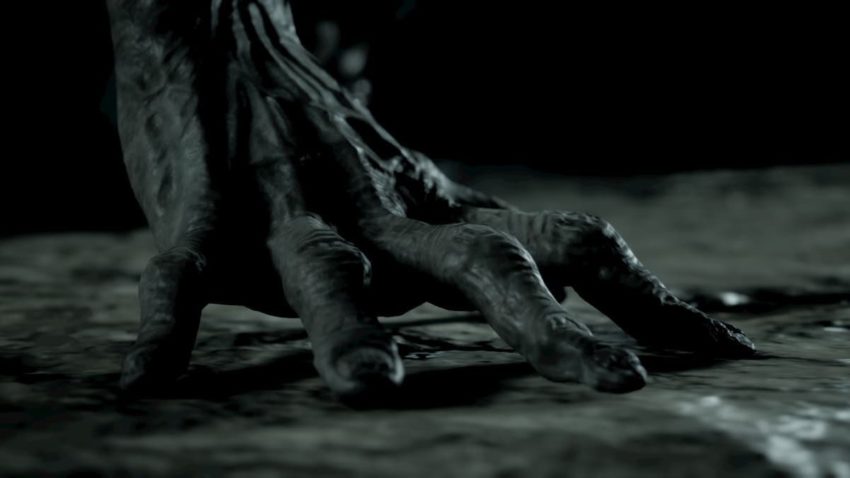
It’s still possible to dig up something from playing Little Hope — it’s just a shame to see a lot of elements with loads of potential unrealized due to rubbery characterizations and silly plot contrivances, with an absurd and convoluted ending that is likely to leave more questions than answers. You may still get a kick out of the jumpscares, and being able to laugh with your friends over your startled reactions is a fun time to be had.
The project known as The Dark Pictures Anthology is growing less sustainable, even just two entries in. There will always be plenty of horror tropes to draw from, but eventually, the well of tropes will run dry. As one studio tries again and again to scare us, it’s beginning to look like their initial attempt with Until Dawn was a fluke.
Final score:
6.5 / 10
| + | Compelling lore and sense of history in the plot |
| + | An interesting system based on character traits |
| – | Wonky and undercooked dialogue and interactions |
| – | Cheap jump scares overtake any sense of atmosphere |
| – | A plot that increasingly grows implausible |


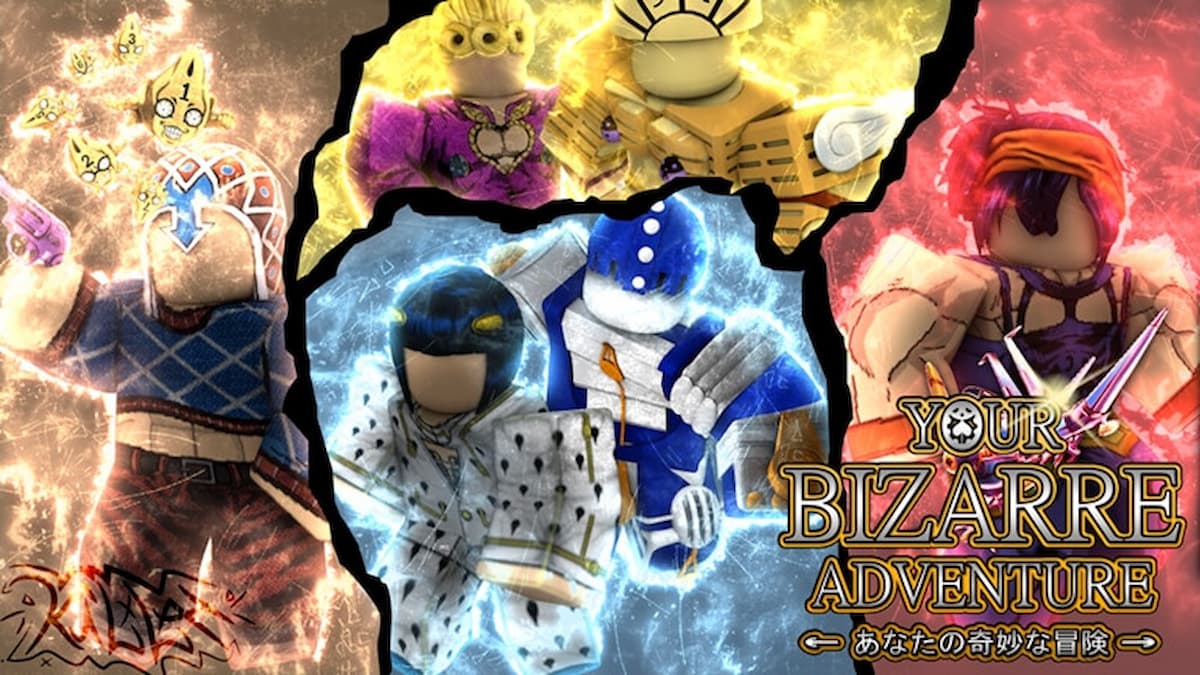
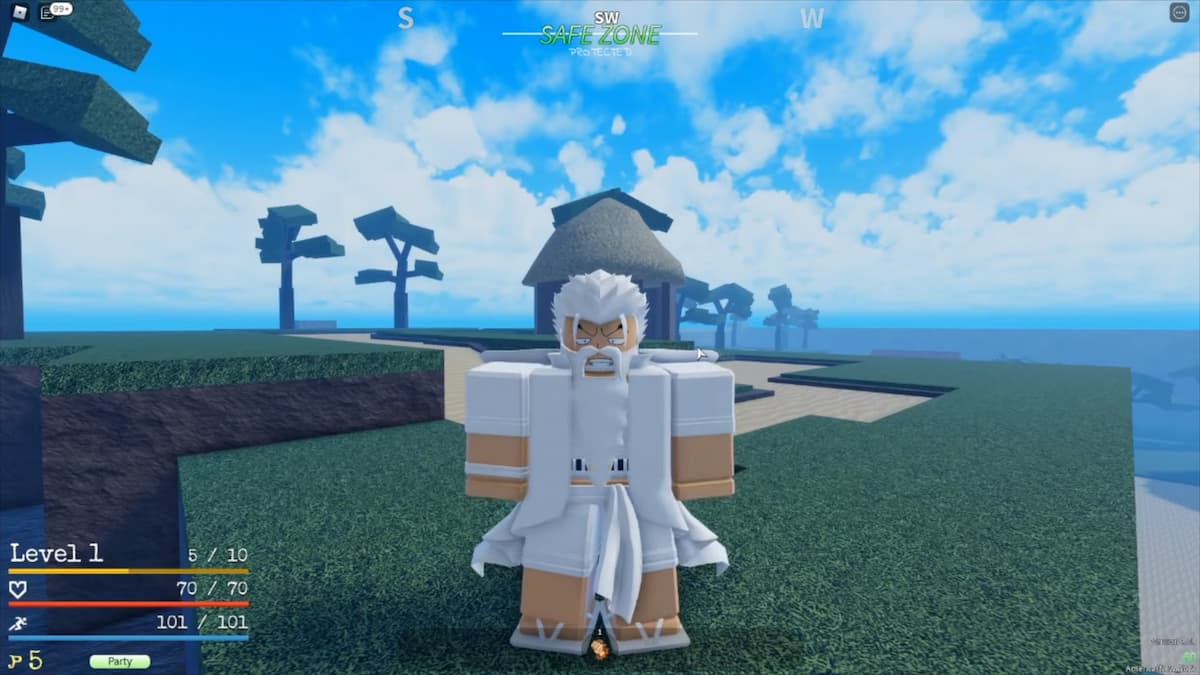
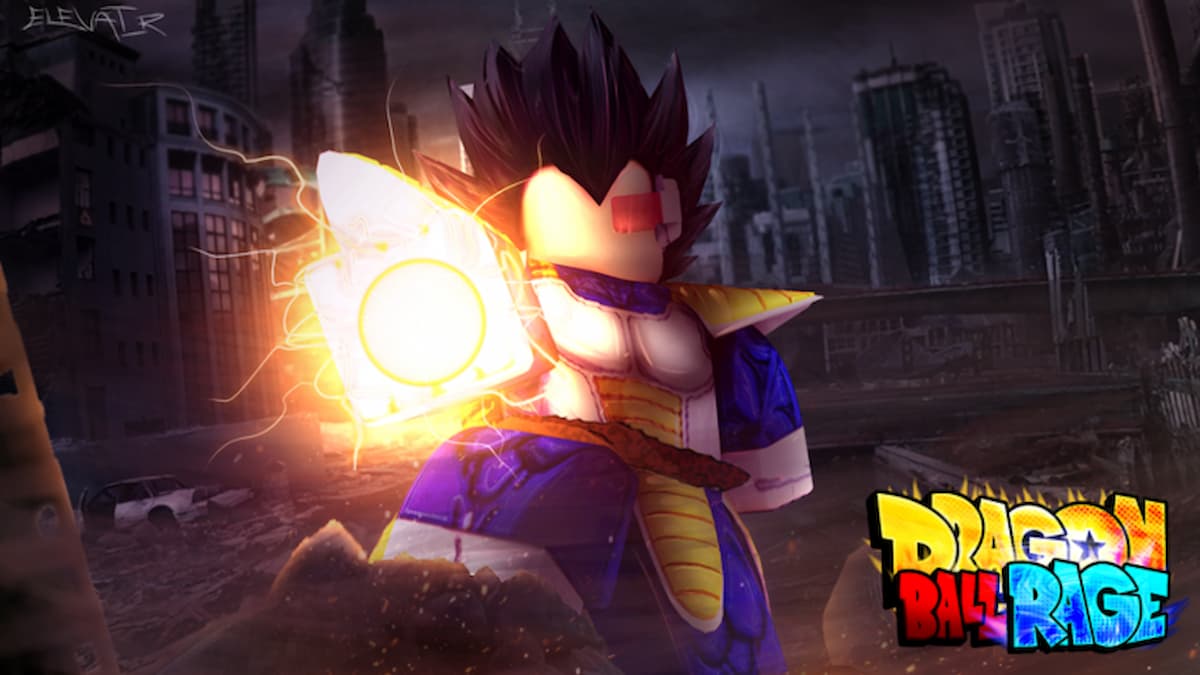


Published: Nov 3, 2020 01:04 pm